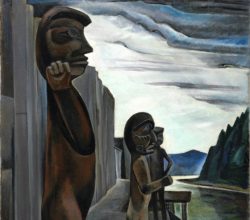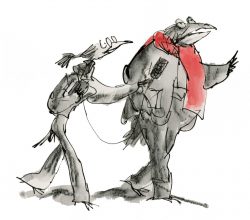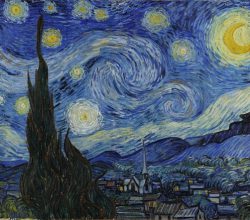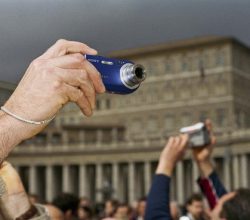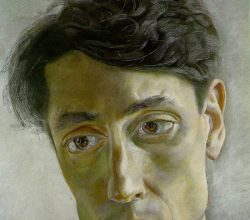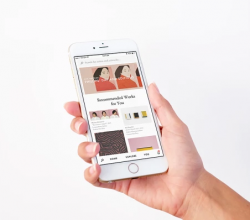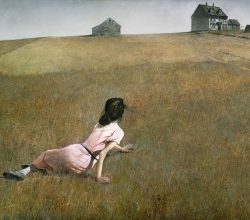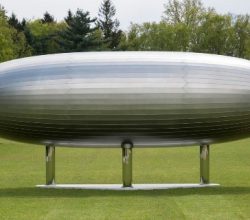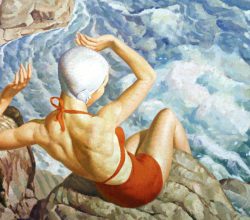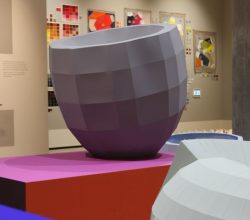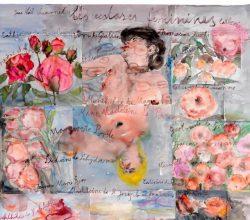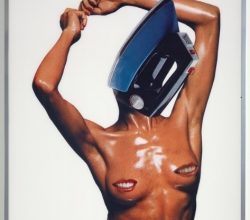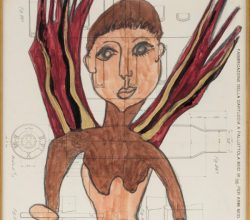
Carol Rama: Outside the Institution
Sarah Fensom | Art and Antiques | 31st May 2017
A new book published in conjunction with a Carol Rama survey says the following: “Not just anyone can go mad. It’s not such a casual, easy thing to do. And even if you do, only the truly possessed and determined few can render their madness into enduring art.” Whether literally true or not, this captures something of Rama and her psychosexually charged art. Images and a detailed discussion of some of her paintings are here.

